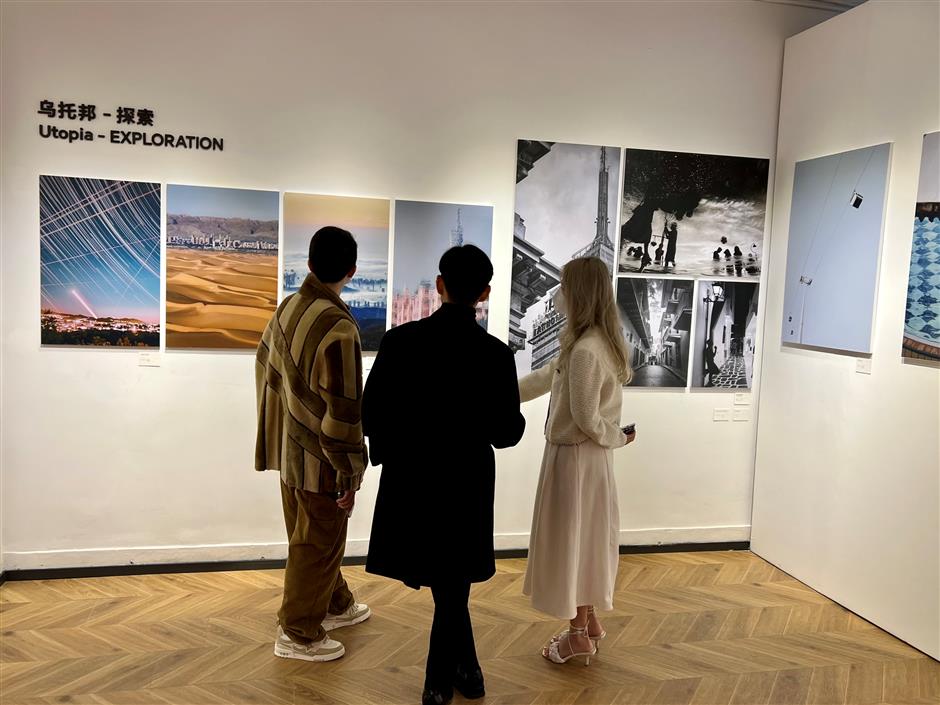'Youth power' to bring new chances for fashion retailers
Young people are still interested in spending on fashion and hipster products, which will help China boost consumption and fuel economic rebound after the pandemic, said an industry white paper released in Shanghai.
It brings opportunities to e-commerce platforms, fashion and sports brands, while it also fits Shanghai's strategy to build a global design and fashion capital.
A total of 61 percent of young consumers, who were born in 1995 or later, plan to spend more on products, especially fashion and hipster products, said a report jointly conducted by Roland Berger, the consumer market data lab of the Fudan University and Guanghua Research Institute.
The report's data comes from a survey of consumers from e-commerce websites including Poizon, a Shanghai-based shopping site for fashion and design.
The rapid development of Poizon, founded in 2015 in Shanghai, has witnessed "youth power." It hopes to explore more diversified cooperation with more brands to provide valuable services and a richer variety of products for young consumers, said Yang Bing, founder and chief executive of Poizon.
In 2022, 6,950 brands have sold products on Poizon to mainly young consumers, covering shoes, cosmetics, hipster gear and wine, with 640,000 new releases. In 2023, Poizon will introduce more brands in the cosmetic, digital and food categories.

Fashion and hipster products sold at Poizon
In December, Shanghai released a blueprint to boost consumption in the fashion industry, with an expected industry output of 520 billion yuan (US$74.3 billion) in 2025, making the city a global fashion capital.
The industry covers fashion, technology, design and culture sectors, cultivating many well-known brands nationwide or worldwide. In 2021, the industry output hit 433.5 billion yuan, a 9.9 percent growth from a year ago, much higher than local GDP growth.
In September, Shanghai opened the World Design Cities Conference (WDCC), to facilitate the design and fashion industry. Brands, including Poizon and Xiaohongshu (Red), wooed young consumers with novel products and services.
Several fashion and design events have been held in Shanghai over the recent months, after the country relaxed pandemic control measures.
They included Shanghai Fuben Design Life Festival and the WWD Fashion Lab & Honor that opened on Friday.
The event, held by global fashion media WWD and smartphone brand Honor, was held to connect Shanghai with the global fashion community.

A fashion show, held by WWD and Honor, opens on Friday on Changle Road in Shanghai.















